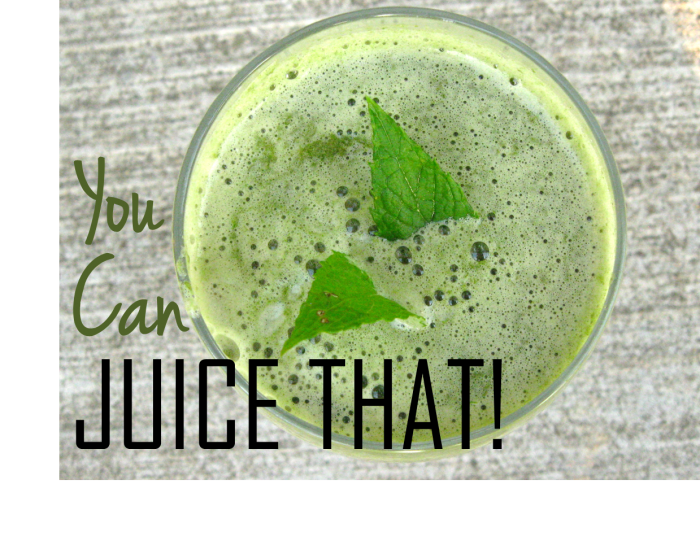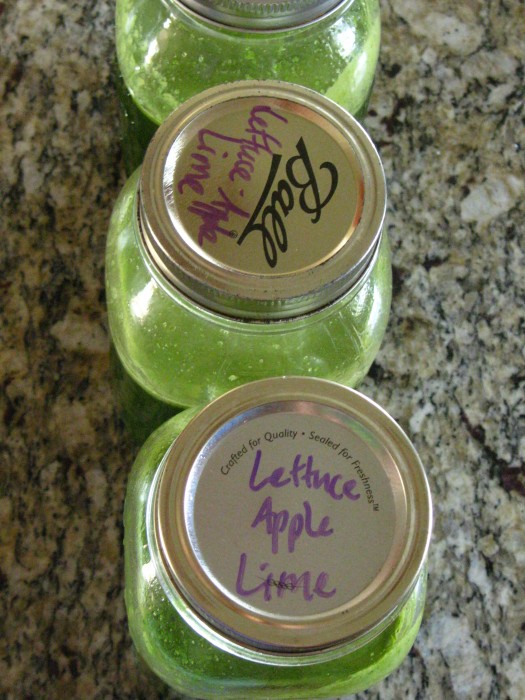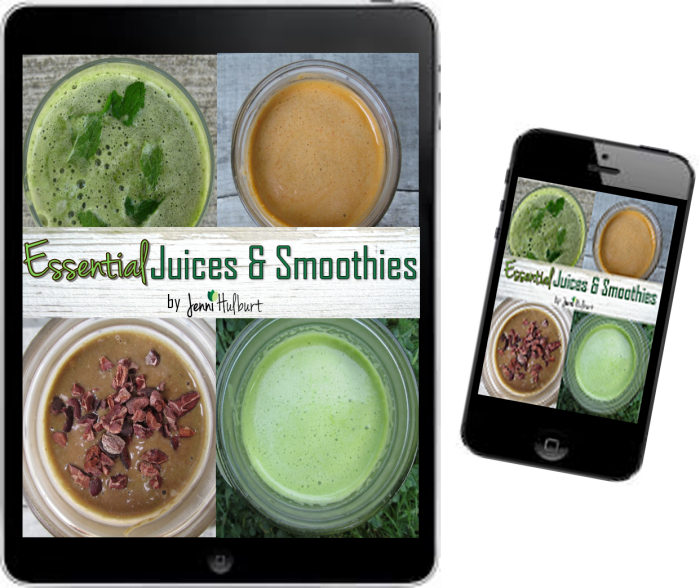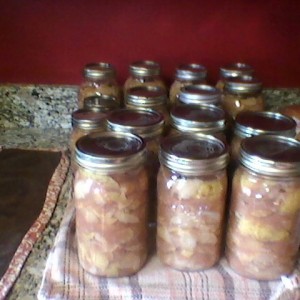
You Can Juice That! How to Preserve Your Garden
I sure did. Looking back, I realize that some of my childhood fascinations definitely foretold who I’d become as an adult. More on that in a second…
In this blog, I’m giving you a solution to preserving your garden harvest that you may not have tried (and it’s not canning).
If you’re up to your knees in fruits and veggies and want to tap into that nutritious goodness all year long, keep reading.
As a kid, I remember gathering up pears and grapes during the summer and finding old glass treasures in my Dad’s building. Then, my sister and I would smash the fruit into the jars we found, close them up, and leave them in our playhouse. “Canning” we called it – just like Mum.
I am so grateful for the dig-in-the-dirt-know-my-food experiences I had growing up on a farm with a fresh garden (and that my parents didn’t stop my sisters and I from experimenting with our own garden preserves)!
Are you up to your knees in an abundance of veggies and fruits from your garden?
Congratulations! All your green thumb efforts have paid off, but now you need a creative solution for all the season’s produce. I hate seeing fresh vegetables and fruits go to waste, and I think I’ve found the perfect solution.

Juicing Your Garden
Putting produce through a juicer separates the pulp (fiber) from the juice. Not only does it increase absorption of nutrients because your body doesn’t have to deal with the fiber (not that it’s a bad thing), it also has incredible anti-inflammatory, antioxidant, and detoxification benefits.
Besides the nutrients it provides for your body, its a resourceful way to use up your extra produce. Afternoon pick-me-up juices, frozen treats, and mix-and-match ingredients for juice from your freezer all winter are just a few of the delicious ways to juice your garden!
Here are some tips for having a no-waste garden this summer and fall with the help of a juicer.
How to Pick Your Juicer
Your juicer should be easy to use and clean, and have a wide opening for your produce so you’ll use it often. Look for a centrifugal juicer, which is the most versatile. It has a basket shaped strainer that spins rapidly and pulverizes the fruit.
The juice gets squeezed out and separated from the pulp. You can insert whole fruits and vegetables into them without cutting things into smaller pieces. Some examples of these juicers are the Breveille Juice Fountain Elite, Jack LaLane Express Juicer, and the Omega Mega Mouth 330.
How to Save Time Juicing
Fresh pressed juice is well worth the time and effort of hauling produce from the garden, washing it, and tossing it through the chute. That being said, there are a few things you can do to minimize time spent prepping, juicing, and cleaning.
- Reduce daily prep by washing fruits and vegetables when you haul them from the garden (or the store). Divide them and store them in bags or containers. There is no need to remove stems (kale, chard, collard greens) or small seeds (apples, grapes, citrus, pears). Remove large seeds and pits (plums, peaches). If you typically eat the skin, you can leave it on too, but remove skins that are tougher or non-organic.
- Wash up right away since juicers can catch pulp in difficult-to-clean places. If it’s extra hard to clean, try soaking it in warm soapy water or use a cheap toothbrush which works great for scrubbing the green fiber grit from the nooks and crannies of the strainer.
- Make double batches when you juice. If you juice in the morning, store a serving in the fridge for later in the day. Some say that you lose nutritional value by letting the juice for even a few hours. But in my opinion, the juice still has lots of good nourishment if I drink it in the afternoon (or even the next morning). I store mine in a glass mason jar to keep it from breaking down with exposure to oxygen.
How to Preserve Your Juice
- Stock up on juices for the winter by juicing bushels of prod
 uce and storing them in freezer bags or containers. You can pour them directly into the bags, or put them in ice-cube trays
uce and storing them in freezer bags or containers. You can pour them directly into the bags, or put them in ice-cube trays
and once they’re frozen, transfer the cubes to a freezer safe container or bag. - Using leftover pulp is one of the best ways to squeeze the most of your produce. Never feel guilty about letting pulp go to waste! You can use it in cooking and baking – veggie burgers, lasagnas, soups, quiche, quick breads, muffins. You can also recycle it back to your compost pile and let it brew. Read this article from Mother Earth News on how to compost!
How to Make Fresh Garden Juice
Juicing is a chance to use up what you have in your garden, but here’s a few tips to help you create winning combinations.
- Choose a handful of leafy greens like kale, collard green, spinach, lettuce, dandelion for loads of nutrients. Add cucumber or celery to the juicer after you juice the greens to help push everything through the strainer.
- Add sweetness with apple, pear, lemon, lime, and grapes. If you’re not used to the flavor of green juice, adding fruit can help take away some of the earthy bitterness that some of the veggies have by themselves.
- Add spices and herbs like ginger, turmeric, garlic, basil, or mint. A little bit goes a long way! Try a ¼ inch piece of fresh ginger or a handful of fresh mint leaves to start.
Gather your favorite ingredients, wash, juice, (freeze), and enjoy!
Recipes
Watermelon Mint Cooler
- 2 cups watermelon chunks
- 1 cucumber
- ½ lemon
- Handful of fresh mint leaves
The Green Grape
- 4 kale leaves
- 2 chard leaves
- 1 cucumber
- 1 stalk celery
- 2 cups red grapes
Spicy Pear
- 1 cup spinach
- 2 pears
- 1 stalk celery
- ¼ to ½ inch fresh ginger, peeled

 Previous Post
Previous Post Next Post
Next Post


